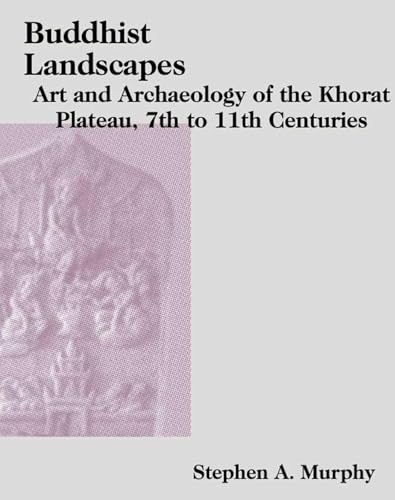A recent study in Scientific Reports pinpoints Myanmar as a region for the dispersal of human populations into East Asia, probably through river valleys. The comparison of DNA between populations of both regions further suggest the presence of an inland route (rather than just coastal) that modern humans took in populating East Asia.
Ancient inland human dispersals from Myanmar into interior East Asia since the Late Pleistocene
Scientific Reports, doi:10.1038/srep09473
Motherland Myanmar: New research suggests Burma was birthplace of early Chinese people
South China Morning Post, 02 April 2015
Given the existence of plenty of river valleys connecting Southeast and East Asia, it is possible that some inland route(s) might have been adopted by the initial settlers to migrate into the interior of East Asia. Here we analyzed mitochondrial DNA (mtDNA) HVS variants of 845 newly collected individuals from 14 Myanmar populations and 5,907 published individuals from 115 populations from Myanmar and its surroundings. Enrichment of basal lineages with the highest genetic diversity in Myanmar suggests that Myanmar was likely one of the differentiation centers of the early modern humans. Intriguingly, some haplogroups were shared merely between Myanmar and southwestern China, hinting certain genetic connection between both regions. Further analyses revealed that such connection was in fact attributed to both recent gene flow and certain ancient dispersals from Myanmar to southwestern China during 25–10 kya, suggesting that, besides the coastal route, the early modern humans also adopted an inland dispersal route to populate the interior of East Asia..
























